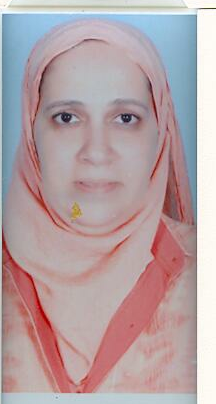bjectives: The immunological aspects of inflammatory acne are still incompletely
understood, so this study aimed to investigate the possible role of IL‐17 and 25
hydroxycholecalciferol (25(OH)D3) in the disease pathogenesis and progression.
Materials and Methods: Across‐sectional study has been conducted on 135
patients with active acne vulgaris of various severities and 150 matched controls.
ELISA assays of serum and tissue levels of IL‐17 and 25(OH)D3, also immunohistochemical and Western blotting demonstration of the expression patterns of lesional
IL‐17 in comparison with control group, were performed.
Results: The mean serum levels of IL‐17 were 544.2 pg/mL ± 477.4 SD and
42.2 pg/mL ± 8.1 SD for acne patients and controls, respectively, with significantly
higher levels among the patient group (P < 0.05). Higher IL‐17 expression levels in
active acne lesions when compared with its level in healthy skin of the controls.
The mean serum levels of 25(OH)D3 among patients and controls were 33.3 ng/
mL ± 9.7 SD and 51.7 ng/mL ± 2.7 SD, respectively, with significantly lower levels
among the patient group (P < 0.05). There were significantly negative correlations
between IL‐17 and 25(OH)D3 levels (P < 0.001 for both).
Conclusions: Deficiency of vitamin D3 accompanied with higher IL‐17 in an inverse
pattern may have a possible role in active acne vulgaris.

